Author: Nasih Othman, Thomas Kane, Karzan Mohammed Hawrami, Karwan Alkaradaghi, Faisal Abdullah Salih, K Khwa, R Hamafaraj, Tara Ali
Author contact: Nasih Othman1, Thomas Kane2, Karzan Mohammed Hawrami3*, Karwan Alkaradaghi1,Faisal Abdullah Salih4, Tareq hama amin Abdullah3, Kawa Khwa Rahim Hamafaraj andTara Ali1
Publisher: J. Zankoy Sulaimani Part-A Pure Appl. Sci
Place: Sulaymaniyah/KR
Abstract
Monitoring and responding to environmental health hazards requires collaborative efforts of relevant departments, professional institutions, NGOs, community-based organizations and affected populations. To reduce risk of water-borne diseases is strengthening water management in relation to maintaining quality while the ultimate solution to wastewater pollution is establishment of sewerage treatment plants. Solid waste is a major problem and the ultimate solution is recycling and the establishment of a controlled landfill in an area. Immediate measures need to be taken to prevent further pollution of the Tanjaro River, by isolating the polluting sources. Industrial activities need to be regulated and monitored in terms of environmental and occupational safety operations and standards. Using Sulaymaniyah wastewater for farming must be prohibited by law and enforced. Protection of Darbandikhan Lake from major sources of pollution should be made a higher priority and measures should be taken as soon as possible to isolate and minimize major pollutants. There is also a need for extensive research and the establishment of sustained research systems on population health and environmental pollutants, especially in relation to the food chain, and the Tanjaro River, Darbandikhan Lake and air pollution. If urgent consideration is not given to the above areas and problems, the situation may get considerably worse in the coming years.
Cite this article
Othman, N., Kane, T., Hawrami, K.M., Alkaradaghi, K., Salih, F.A., Khwa, K., Hamafaraj, R. and Ali, T., 2018. Assessing health risks to local population from contamination sources in and around Sulaimani province; a qualitative study. J. Zankoy Sulaimani Part-A Pure Appl. Sci, 20, pp.45-62.

